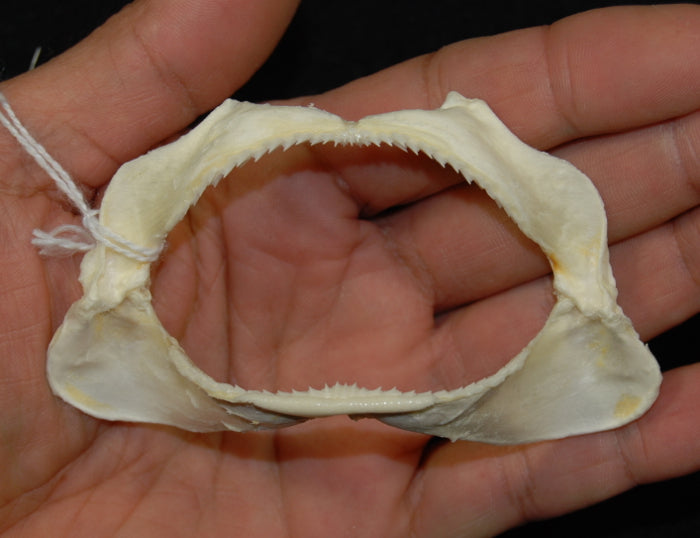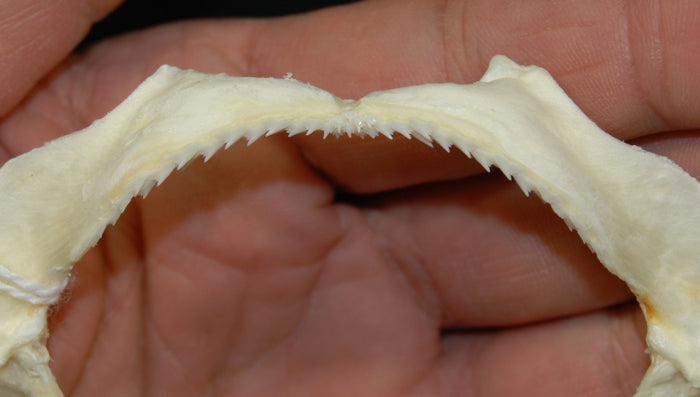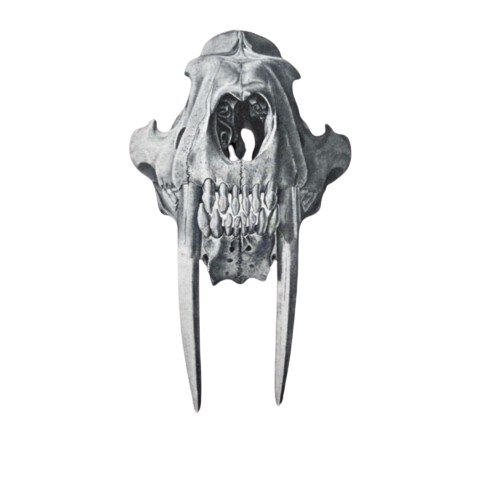

Japanese Topeshark Jaw
Another jaw to round out the collection.
Hemitriakis japanica, commonly known as the Japanese Topeshark, is a species of houndshark in the family Triakidae. Found primarily in the northwest Pacific Ocean, especially around Japan, this species is notable for its distinctive physical and ecological characteristics.
Key Features of Hemitriakis japanica:
-
Size and Appearance: The Japanese Topeshark is a relatively small shark, typically reaching about 1 meter (3.3 feet) in length. It has a slender body with a long, pointed snout and large eyes. The coloration is usually a pale gray or brown on the back, with a lighter underside.
-
Habitat: This shark is primarily found in coastal waters and is known to inhabit sandy or muddy bottoms, often near estuaries. It tends to stay in relatively shallow waters.
-
Diet: Its diet mainly consists of small fish and invertebrates. As a bottom feeder, it plays an important role in the coastal marine ecosystem.
-
Reproduction: The Japanese Topeshark is viviparous, with females giving birth to live young. The reproductive habits and gestation period of this species are not well-documented but are believed to be similar to other sharks in its family.
-
Behavior: Not much is known about the behavior of Hemitriakis japanica, but like many houndsharks, it is likely to be more active at night.
Due to its relatively small size and preference for inshore habitats, the Japanese Topeshark is not typically considered dangerous to humans. This species is less known and studied compared to many other sharks, leaving aspects of its life history and ecological role still to be explored.
Species
Hemitriakis japanica
Size
4"x 2"
Choose options


